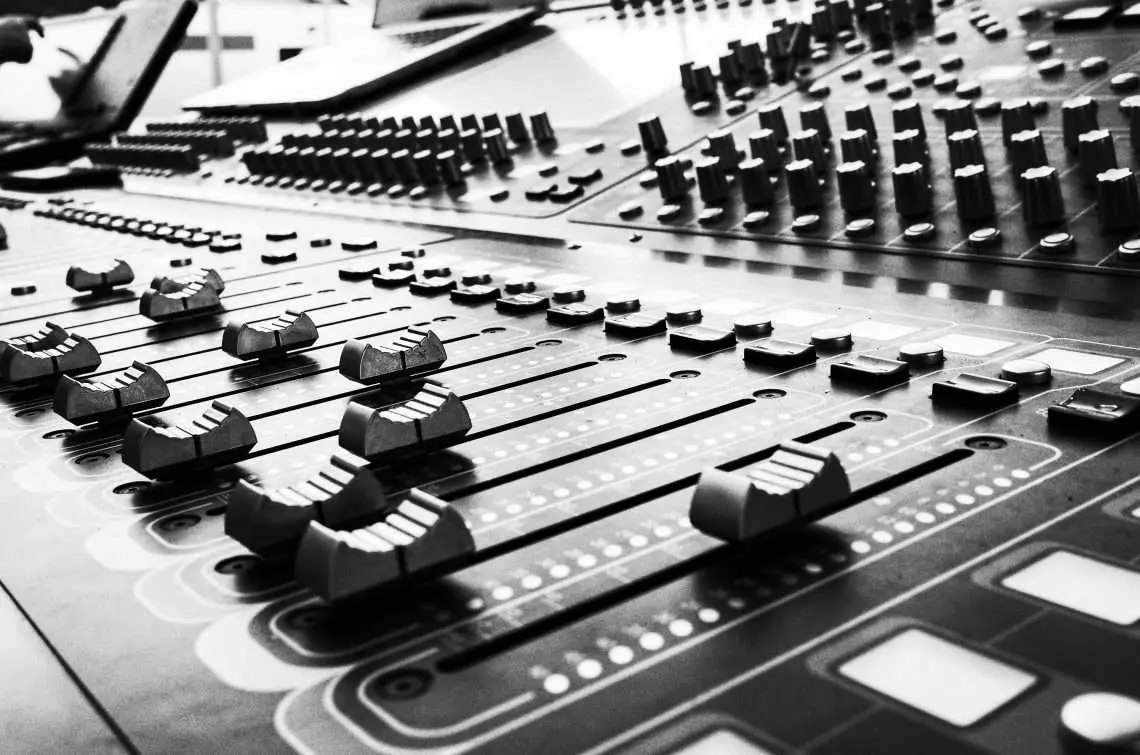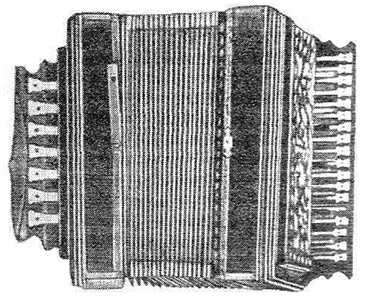
Production of background music
Contents
How to start producing music?
Recently, there has been a great flood of music producers, and this is obviously due to the fact that it is becoming easier and easier to create music thanks to the fact that such production is largely based on semi-finished products, i.e. ready-made elements in the form of samples as well as whole music loops, which are enough. properly combine and mix to have a ready track. Such semi-finished products are usually already equipped with software for creating music known as DAW, i.e. Digital Audio Workstation in English. Of course, real art appears when we create everything ourselves from scratch and we are the author of the entire project, including sound samples, and the program is the only way to organize it all. Nevertheless, at the beginning of our production struggle, we can use some ready-made elements. After the first attempts are behind us, then it is worth trying your hand at creating your own original project. We can start our work with an idea for a melody line. Then we will develop an appropriate arrangement for it, select the appropriate instrumentation, create and model the sound and collect it into a single whole. Generally, in order to start our musical project, we will need a computer, appropriate software and some basic knowledge of musical issues related to harmony and arrangement. As you can see, now you do not need a professional recording studio because all work can run entirely inside the computer. In addition to such basic musical knowledge, it is important that we first of all have a good command of the program on which we will implement our project, so as to take full advantage of its possibilities.
What does a DAW need to be equipped with?
The minimum that should be found on board our software is: 1. Digital sound processor – used for recording, editing and mixing sound. 2. Sequencer – which records, edits and mixes audio and MIDI files. 3. Virtual Instruments – These are external and internal VST programs and plug-ins that enrich your tracks with additional sounds and effects. 4. Music editor – enabling the presentation of a piece of music in the form of musical notation. 5. Mixer – a module that allows you to mix individual parts of a song by setting the volume levels or panning of a specific track 6. Piano roll – is a window that allows you to build songs as if from blocks
In what formats to produce?
There are several audio file formats in general use, but the most widely used are very good quality wav files and the much more compressed popular mp3. The mp3 format is very popular mainly due to the fact that it takes up very little space. It is about ten times smaller than a wav file, for example.
There is also a large group of people who use files in the midi format, which, above all, are of great interest among keyboard instrumentalists, but also not only, because also people who carry out some projects in music programs often use midi backgrounds.
The advantage of midi over audio?
The main advantage of the midi format is that we have a digital record in which we can generally change everything according to our needs and preferences. In the audio track, we can apply various effects, change the frequency level, slow it down or speed up, and even change its pitch, but compared to midi it is still a very limited interference. In the midi backing that we load either to the instrument or to the DAW program, we can change each parameter and element of a given track separately. We can freely transform not only each of the paths available to us, but also individual sounds on it. If something does not suit us, e.g. a saxophone on a given track, we can change it at any time for a guitar or any other instrument. If, for example, we find that the bass guitar could be replaced by a double bass, it is enough to replace the instruments and the job is done. We can change the position of a particular sound, lengthen it or shorten it, or remove it completely. All this means that midi files have always enjoyed great interest and in terms of editing capabilities, they are significantly superior to audio files.
Who is midi for and who is audio for?
Certainly, midi backing tracks are intended for people who have appropriate devices to play this type of files, such as: keyboards or DAW software equipped with appropriate VST plugs. Such a file is only some digital information and only equipment equipped with a sound module is able to reproduce it with the appropriate sound quality. On the other hand, audio files such as wav or mp3 are intended for people who want to play music on generally available equipment such as a computer, telephone or hi-fi system.
Today, in order to produce a piece of music, we primarily need a computer and an appropriate program. Of course, for convenience, it is worth equipping yourself with a midi control keyboard and studio headphones or monitors, on which we will be able to successively listen to our project, but the heart of our entire studio is the DAW.





